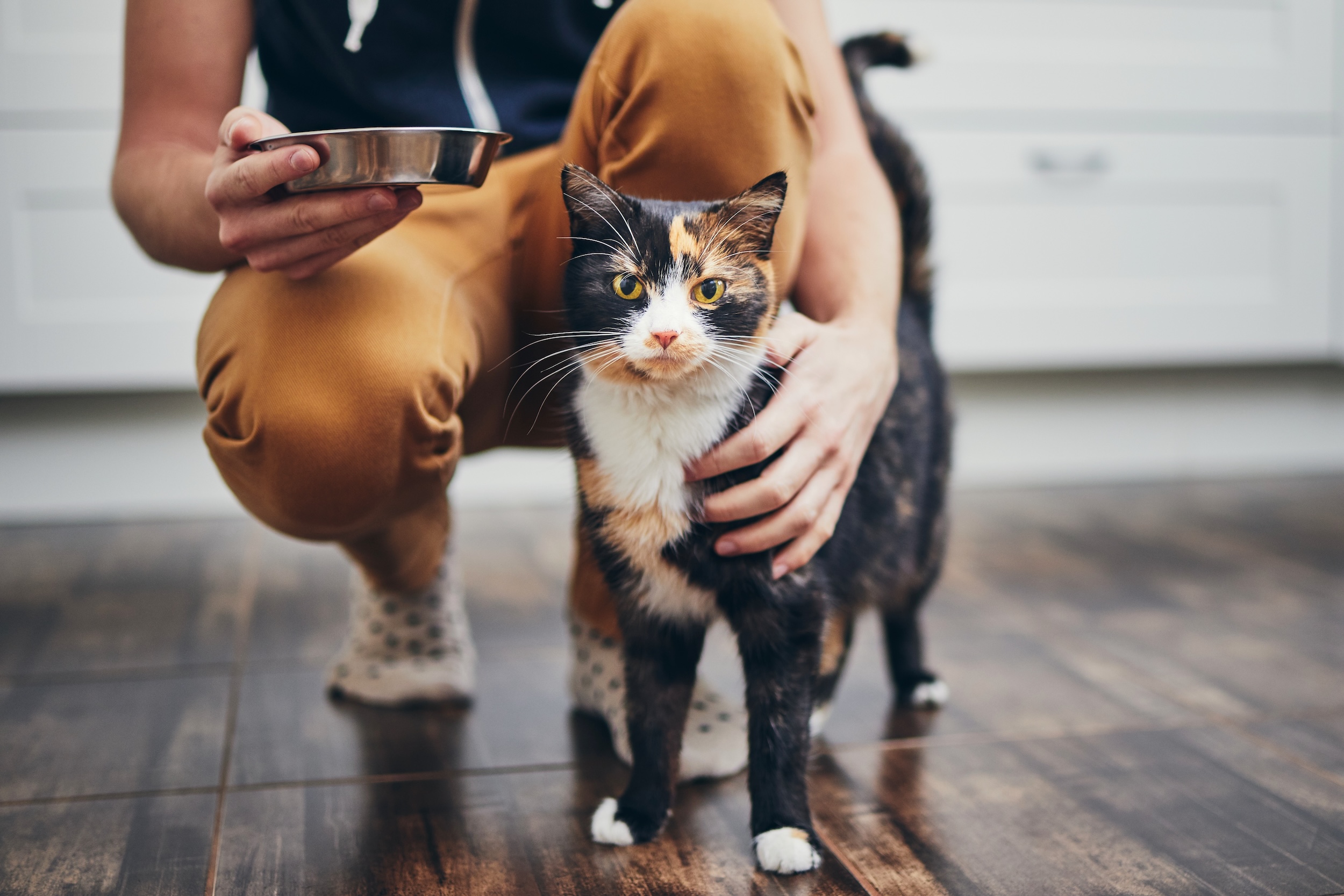Allergies aren’t just a human issue. Cats can suffer too. From environmental irritants to food sensitivities, feline allergies can cause significant discomfort. As a responsible cat owner, it’s important to recognise the signs and know how to manage them to keep your furry companion happy and healthy.
Common types of allergies in cats
Cats can develop a range of allergies, typically falling into four categories:
- Environmental allergies (Atopy): Pollen, mould spores, dust mites, and even grass can trigger allergic reactions in cats. These allergens are often seasonal, though indoor irritants can cause year-round symptoms.
- Food allergies: Some cats can react to proteins like beef, chicken, dairy, or fish. Symptoms may appear as digestive upset, skin irritation, or chronic ear infections.
- Flea allergy dermatitis (FAD): Cats allergic to flea saliva can develop severe itching, even from a single bite. This can lead to overgrooming, skin lesions, and hair loss, particularly around their tail base.
- Contact allergies: Less common but still possible, cats can react to substances they touch. These could include certain detergents, cleaning products, or synthetic bedding materials.

Recognising allergy symptoms in cats
Feline allergy symptoms can often mimic other conditions, so it’s important to be observant. Here’s a few things to watch out for.
- Excessive grooming such as licking, scratching and biting, especially around the neck or base of the tail. This behaviour can result in hair thinning or bald spots.
- Red or inflamed skin, or scabs.
- Sneezing, coughing or watering eyes.
- Vomiting or diarrhoea.
- Tilting their head to one side or shaking their head can be a sign of a chronic ear infection.
Diagnosis and treatment
Treatment depends on the cause, so your vet may recommend skin or blood tests to pinpoint allergens. When the cause is found (or suspected), your vet may suggest:
- Medications: Antihistamines, corticosteroids, or immunotherapy (allergy shots or drops)
- Flea control: Consistent flea prevention is vital, especially for cats with flea allergy dermatitis (FAD).
- Bathing: Though not always a favourite activity, medicated wipes or occasional baths can help reduce allergens.
- Environmental adjustments: Use air purifiers, wash bedding frequently, and avoid scented cleaning products.
- Change of diet: For suspected food allergies, a diet trial using a hypoallergenic or limited-ingredient diet is often used.
Helping your cat thrive
Allergies can be lifelong, but with the right care, your cat can still live a happy, comfortable life. If you notice any concerning symptoms, speak to your vet. Early management is key to keeping your feline friend itch-free and content.
When it comes to pet insurance, allergies can be covered under your policy as long as they’re not pre-existing. It’s important to always check your policy documents, read the small print, or call the customer service team to find out more. Get a quote with British Pet Insurance today.







